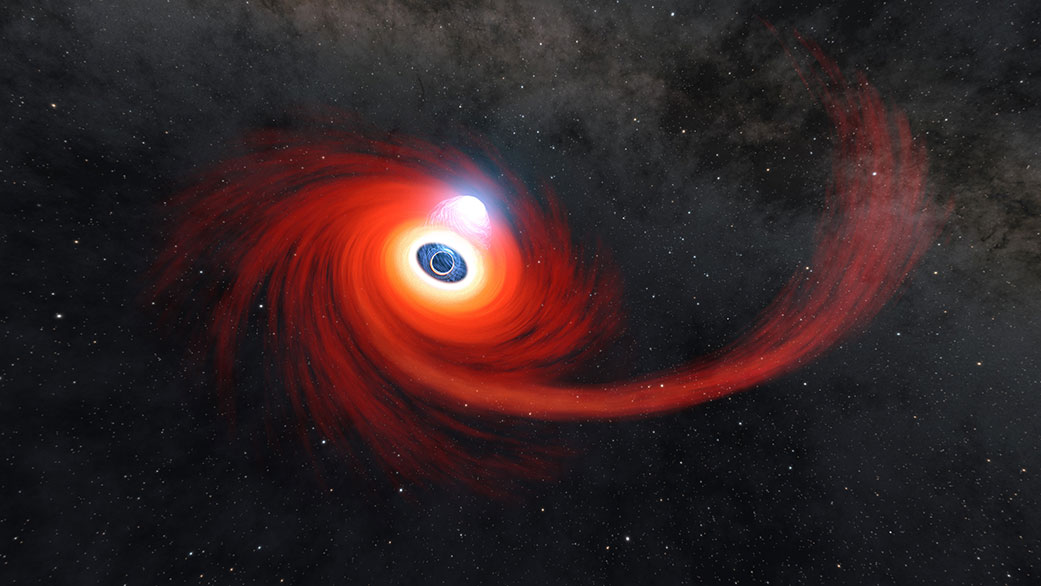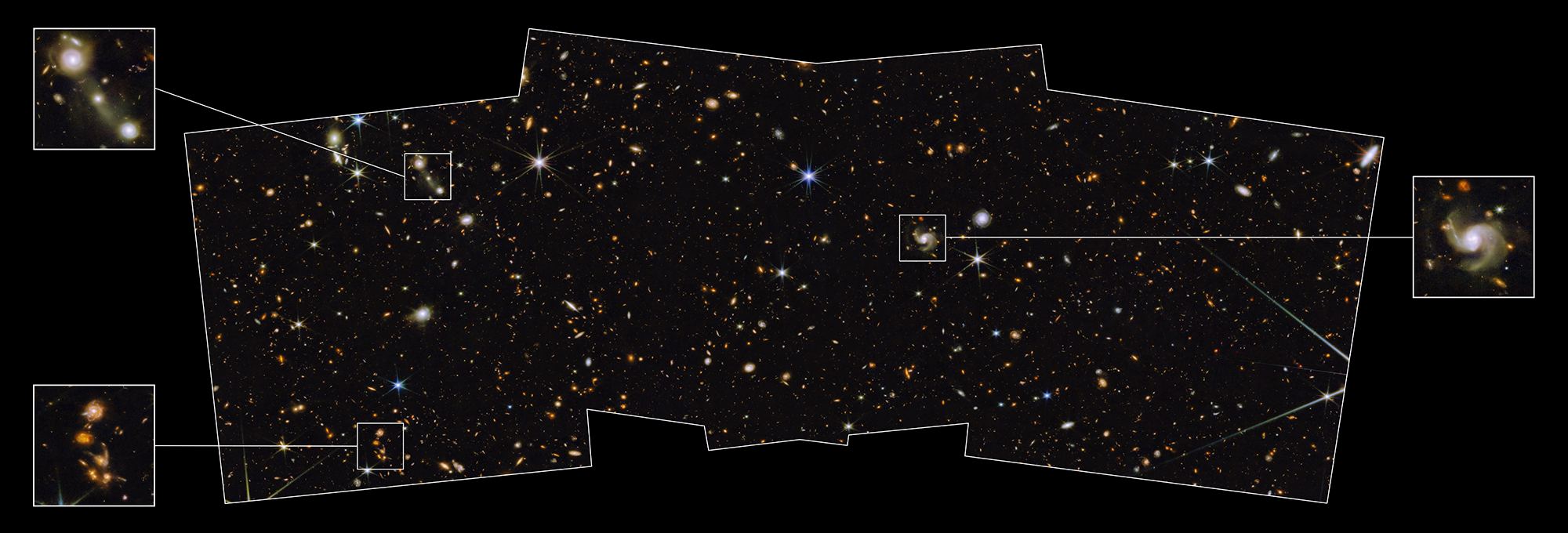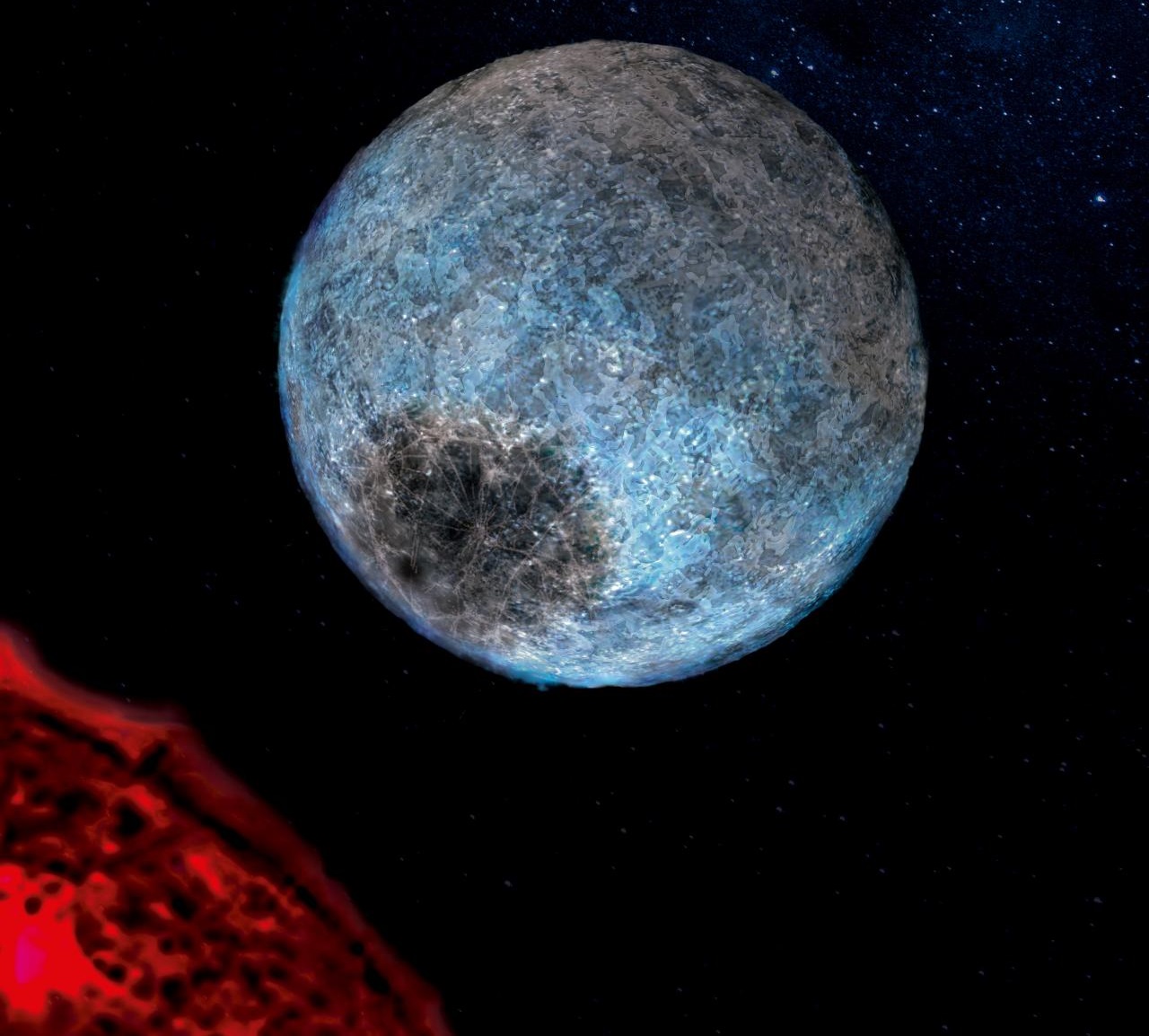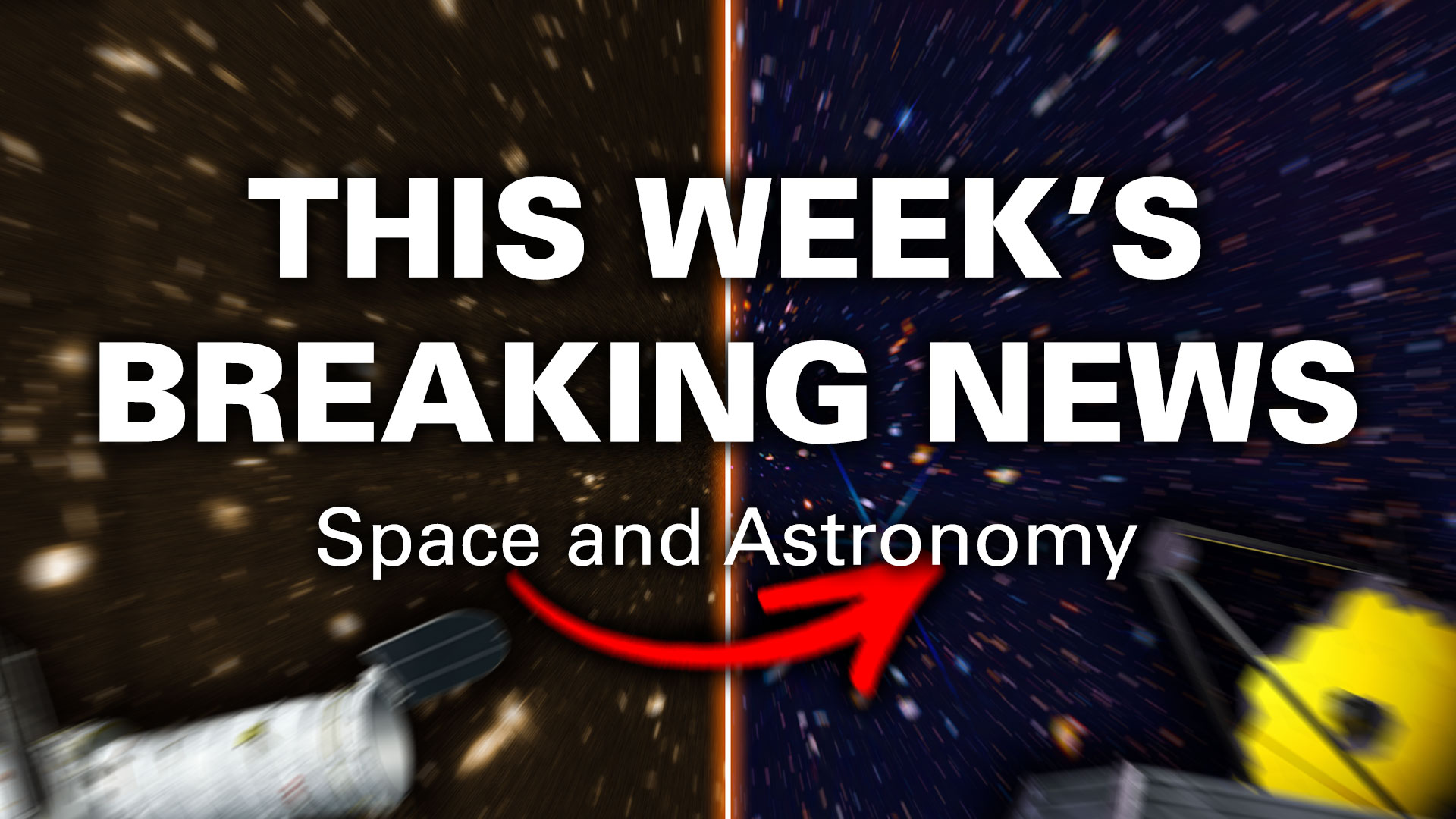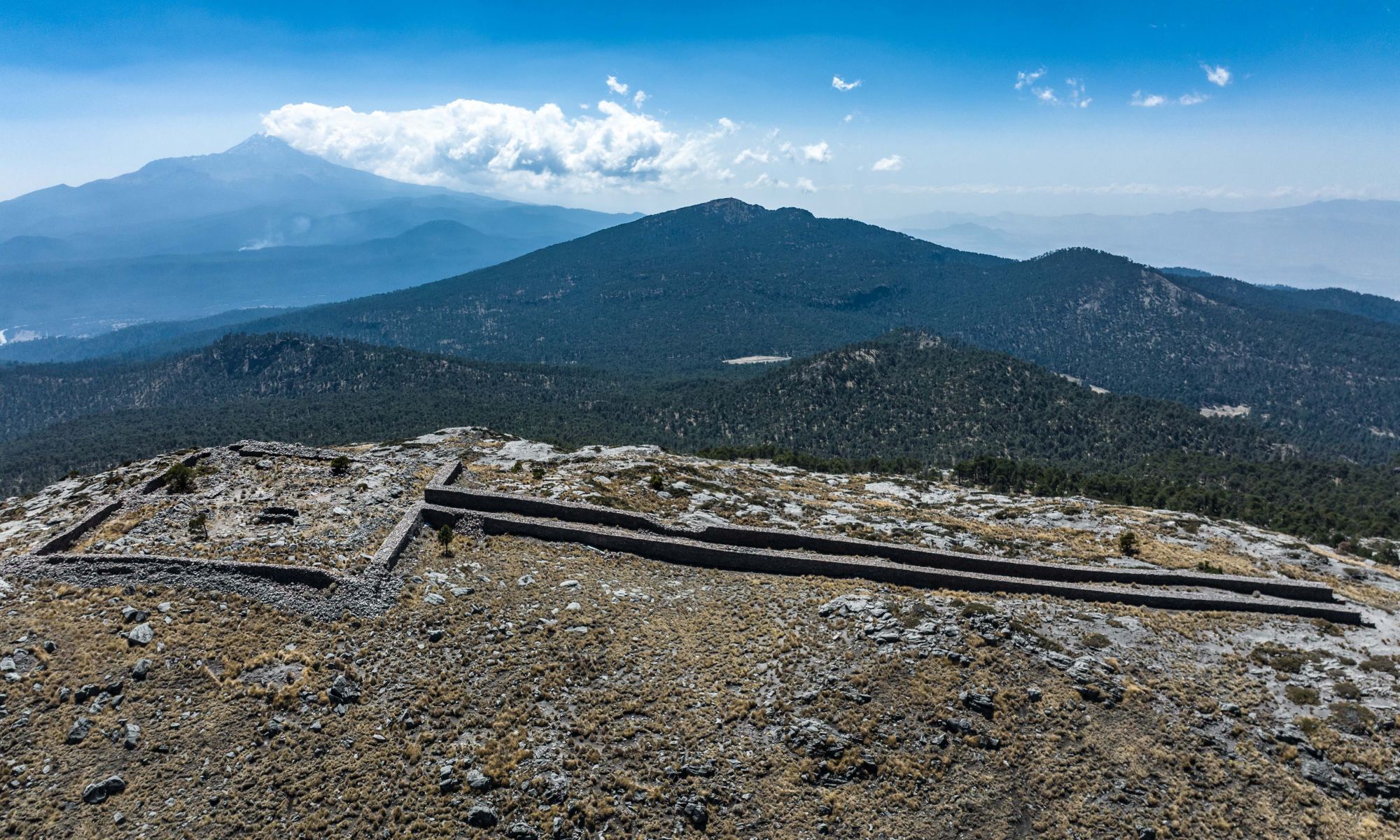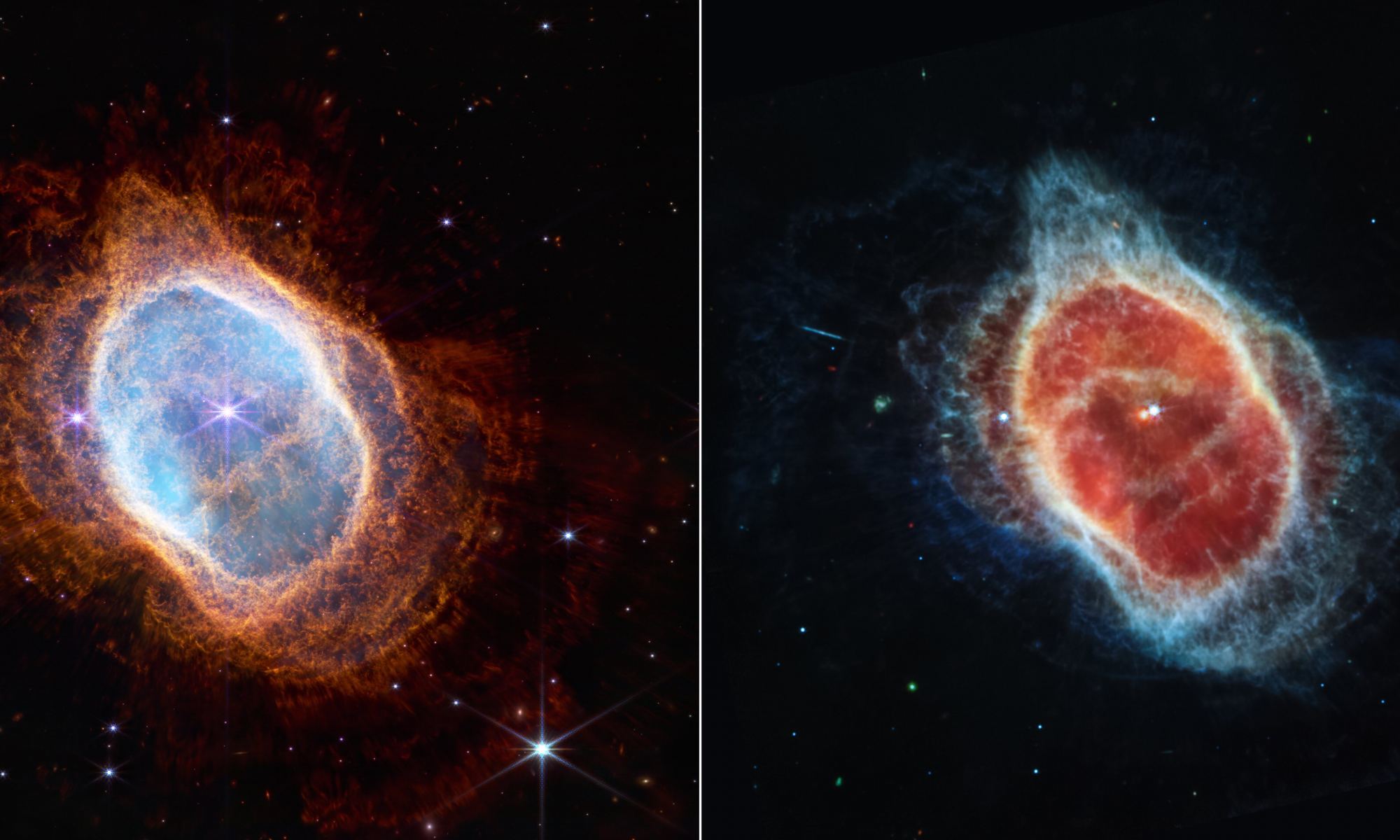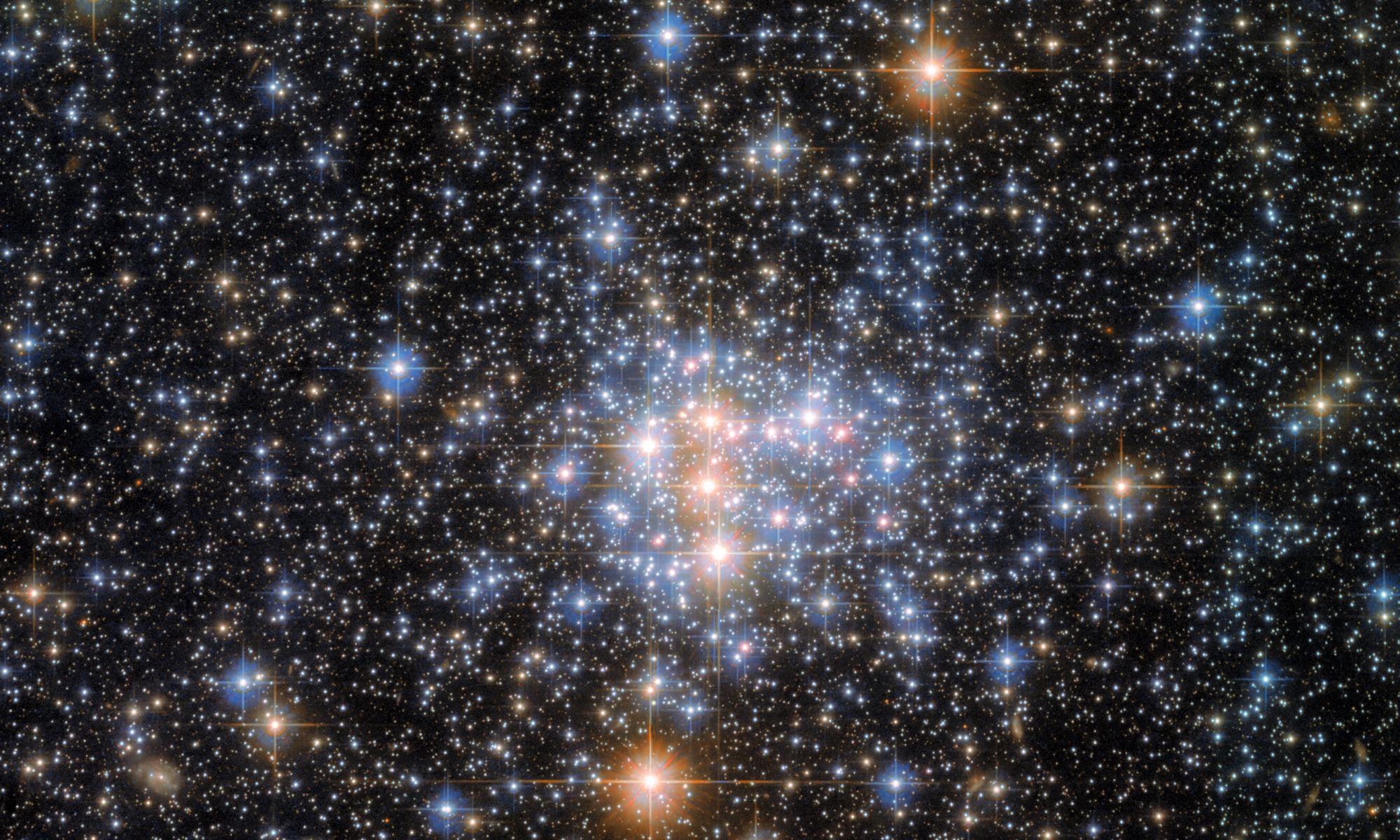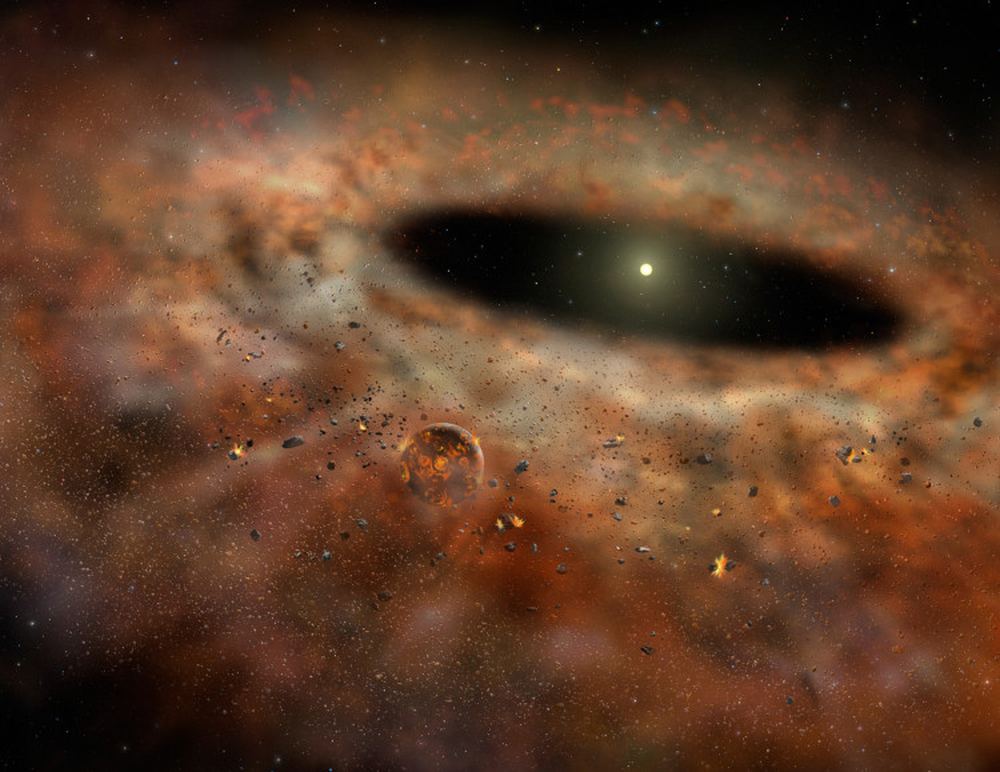Black holes are confounding objects that stretch physics to its limits. The most massive ones lurk in the centers of large galaxies like ours. They dominate the galactic center, and when a star gets too close, the black hole’s powerful gravitational force tears the star apart as they feed on it. Not even the most massive stars can resist.
But supermassive black holes (SMBHs) didn’t start out that massive. They attained their gargantuan mass by accreting material over vast spans of time and by merging with other black holes.
There are large voids in our understanding of how SMBHs grow and evolve, and one way astrophysicists fill those voids is by watching black holes as they consume stars.
Continue reading “A Star Came too Close to a Black Hole. It Didn’t End Well”
